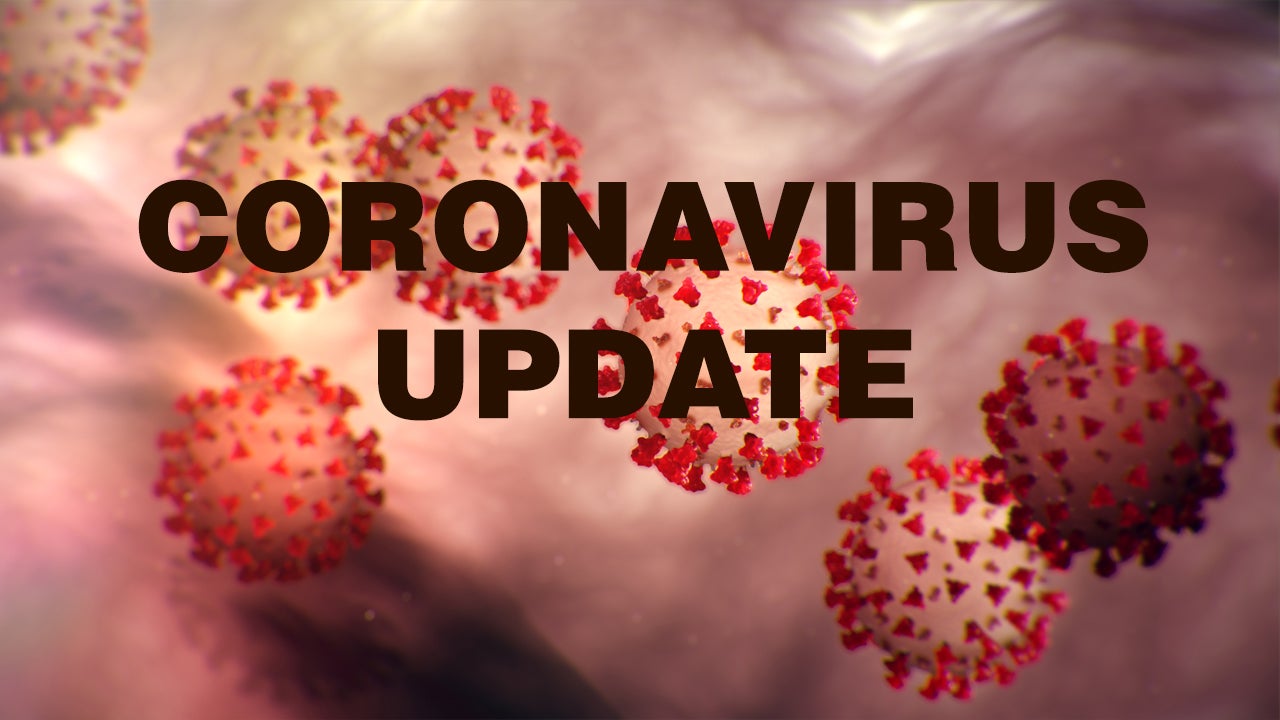Too hot to play?
Published 1:22 am Wednesday, June 5, 2019

- When it’s hot outside, some playground equipment can reach temperatures of up to 189 degrees. Courtesy photo
Research shows playground toys get extremely hot
When it’s hot outside, playground equipment can be even hotter, and local pediatric nurses say that sometimes means children should remain indoors during the hottest parts of the day.
Research from the National Program for Playground Safety (NPPS) states that playground equipment can reach up to 189 degrees.
“I would maybe take them out to the park for a short time,” Andalusia Pediatrics nurse Abbey Smith said. “This weekend I wouldn’t even take my children outside to play because it was so hot.”
Smith said that if children get burned enough by touching a hot slide or swing to develop a blister, parents need to make sure they do not pop the blister.
“It is mostly going to look like a sunburn if they do get burned,” Smith said. “It will show it on the back of their legs, where they sit down, their hands and on the back of their arms. If they do get to where they are burned so bad that they blister, parents need to come to the doctor’s office or make sure that they do not pop the blister.”
She said that most of the time, she puts Neosporin burn cream on her children.
“It really depends on the degree of the burn,” Smith said. “I usually put Neosporin burn cream and triple antibiotic cream and the burn will be gone in a couple of days.”
According to the NPPS, playground materials that children come into contact with using their hands and feet have recorded temperatures of up to 189°F, which can burn a child’s skin in less than three seconds. The most common places on a playground for a child to be burned are on a slide or unitary surface.
Nurse Maggie Jones said that there are several other issues to worry about than playground equipment.
“If you are outside, dehydration comes into play,” Jones said. “Not to mention sunburn also. So, parents need to make sure that they are drinking plenty of water, because they will be too distracted playing to drink as much as they need to.”
Both nurses agreed that sunscreen needs to be reapplied after a certain amount of time.
“I have parents come up to me all of the time saying that they don’t understand why their child is burned because they put on 100 spf sunscreen,” Jones said. “But they have to understand that they have to do more than just applying it once and leaving it. Especially if they are at the pool or something and use a towel to dry off, they need to reapply it.”
As part of a national study of playgrounds, NPPS collected temperatures of playground surfaces and surrounding air temperatures. Researchers found disparities between natural and synthetic surfaces and the amount of heat retained when exposed to sun and shade environments. Natural surfacing products (wood, sand, pea gravel) were found to be similar to air temperatures, while synthetic products were found to absorb and retain heat and present substantially warmer play environments.



